Mostly Mute Monday: How young stars appear in old clusters

These stars are too hot and blue for their age, and the leading theory just got a strike against it.
“Youth is the gift of nature, but age is a work of art.” –Stanislaw Jerzy Lec
If you want to know how old a star cluster is, all you have to do is measure the color and brightness of its members.

The hottest, brightest and bluest stars burn through their fuel the fastest, and so as they disappear, you know your cluster is aging.

In astronomy, we call this color-brightness relationship the Hertzsprung-Russell diagram, and the “turn-off point” tells you the cluster’s age.
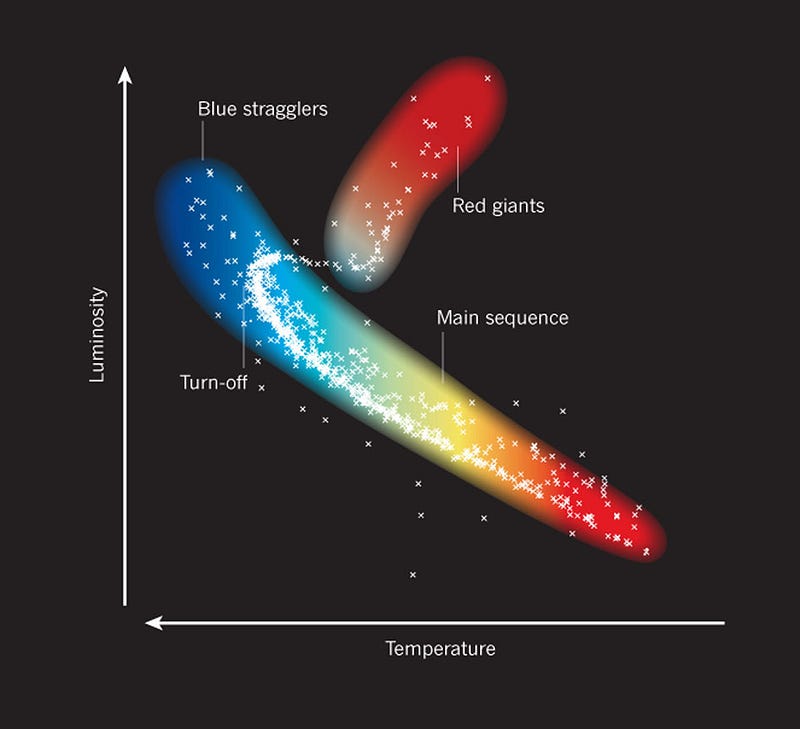
But surprisingly, bluer, brighter, hotter stars often appear in these older clusters anyway!
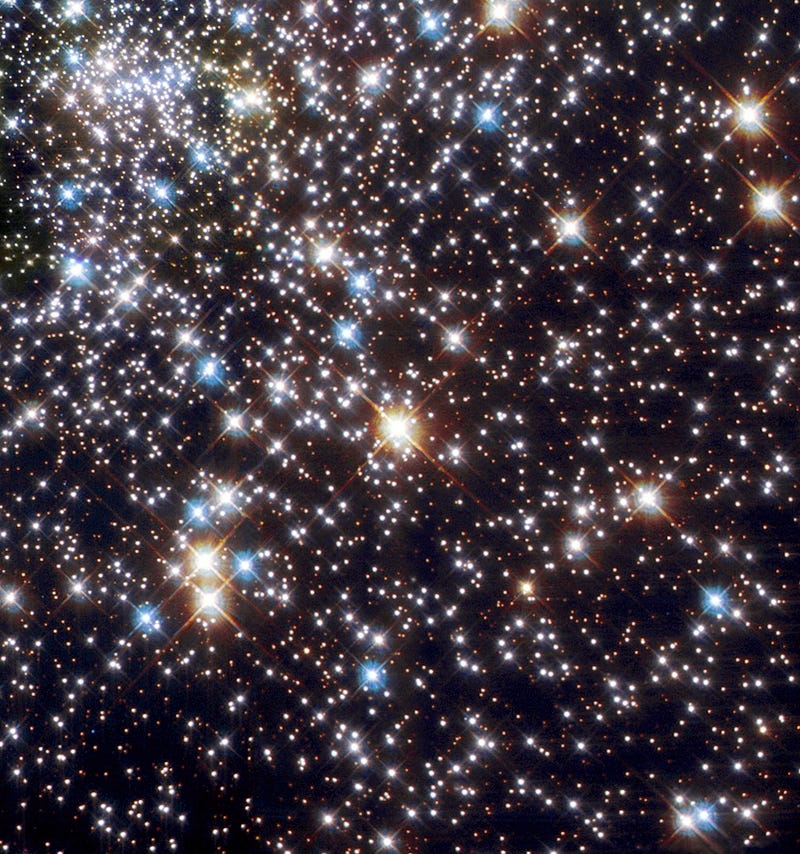
Even in cases where there’s no evidence of a recent star-forming event, these blue straggler stars can frequently be found.

For a long time, we thought the occasional merger of two low-mass stars gave rise to a heavier, blue star. But there’s an alternative.

In binary star systems, a denser, heavier star can siphon mass off of its companion, stripping it into a white dwarf.
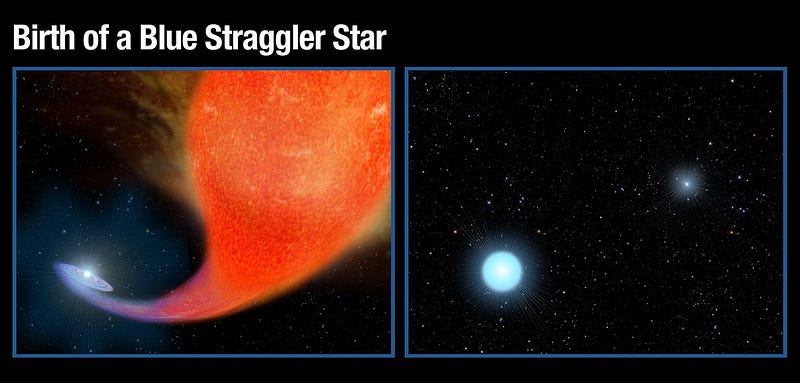
Recently, scientist Natalie Gosnell studied the old open cluster NGC 188. Out of 21 blue stragglers, 7 have white dwarf companions.
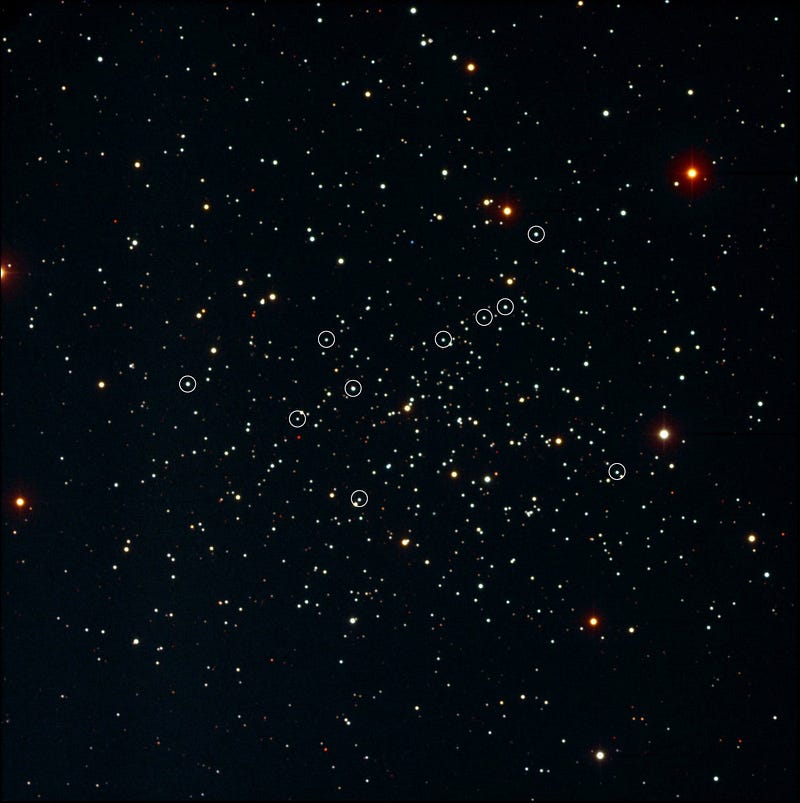
Combined with an earlier study, this causes a complete rethink of blue stragglers.
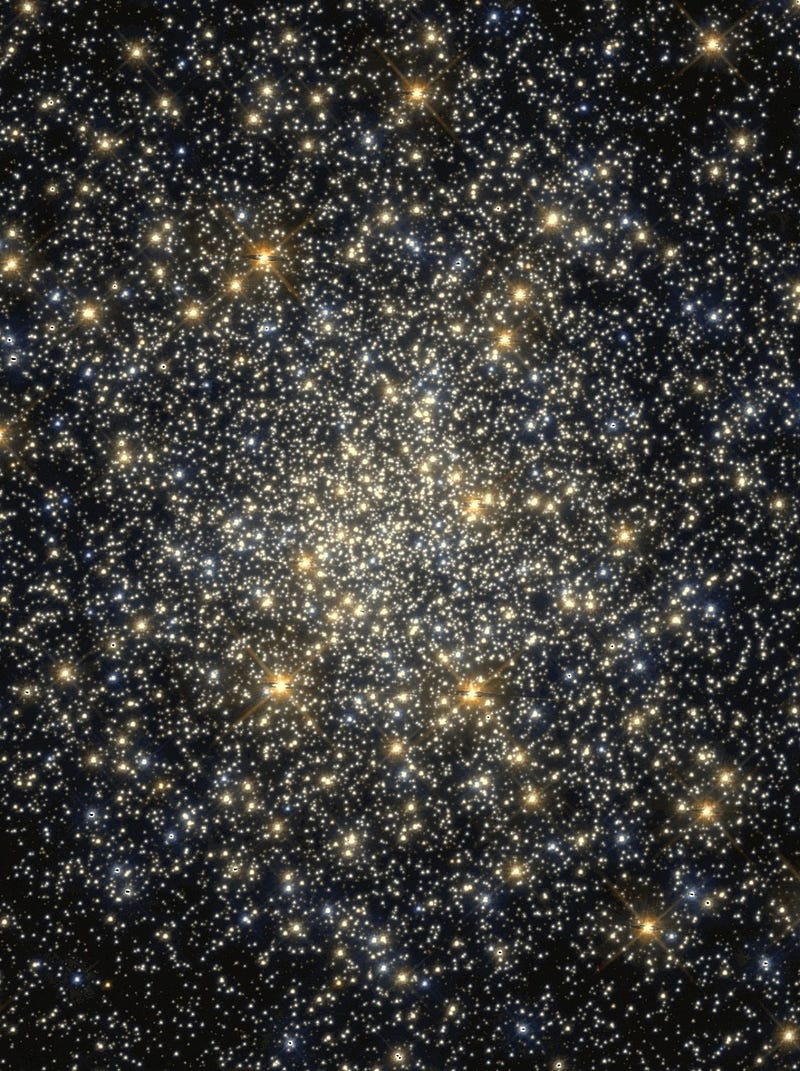
Don’t be deceived: these young-looking stars are older than they appear!
Mostly Mute Monday tells the story of a single astronomical phenomenon or object in visuals, images, video and no more than 200 words.
Leave your comments on our forum, help Starts With A Bang! deliver more rewards on Patreon, and order our first book, Beyond The Galaxy, today!





